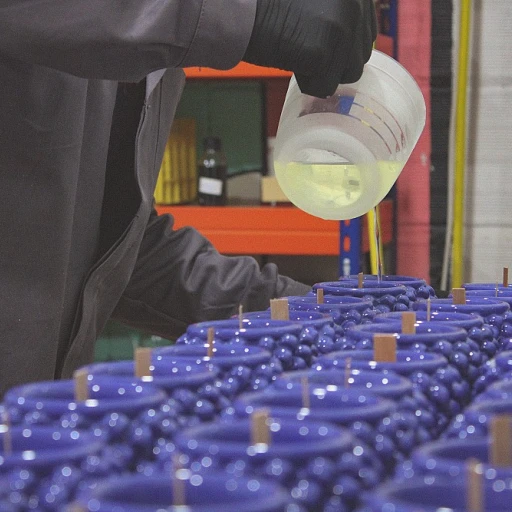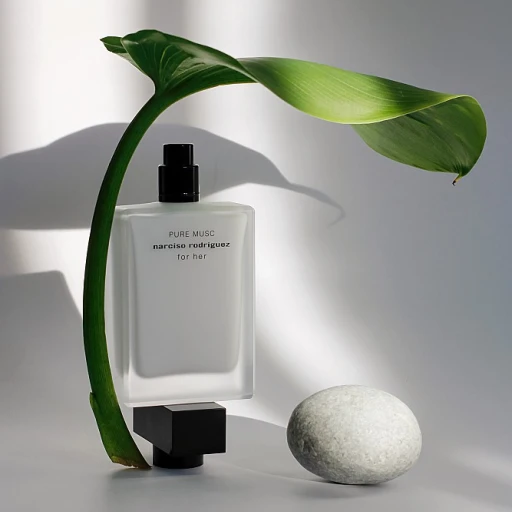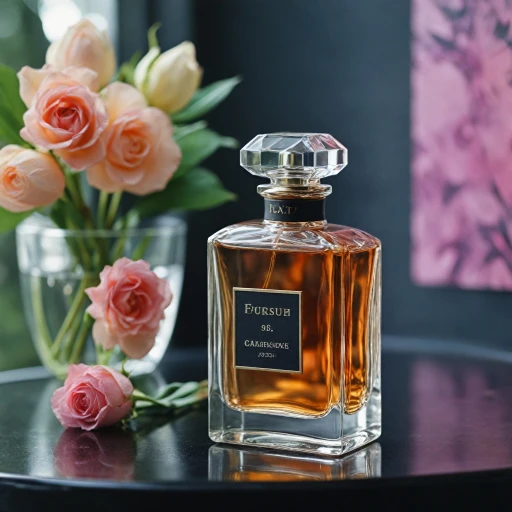
The allure of sampling: why perfume samples are trending
The rise of fragrance exploration through samples
There's a growing buzz in the fragrance community, and it's all about the power of perfume samples. With an increasing number of scent aficionados looking for that personal olfactory expression, the trend of sampling before purchasing full-size bottles has taken off. But why is this movement gaining such momentum?
For starters, individuality is key in the fragrance world, and samples provide a low-commitment means to test out a myriad of scents without the pressure of a full bottle purchase. This trend aligns perfectly with the modern consumer's desire for quick access to an extensive variety of fragrances, experiencing each scent in a personal and intimate manner before making a decision.
Expert insights into the sample surge
Industry experts like Chandler Burr, the author of 'The Perfect Scent,' have noted that the demographic of perfume lovers is expanding, with more people keen to educate themselves about olfactory notes and artisanal creations. He suggests that the surge in interest in parfums and their accompanying samples reflects a broader cultural shift towards personalized experiences in luxury goods.
Consumer behavior and the attraction to samples
Research has shown that the opportunity to sample is particularly attractive to millennials and Gen Zers, who prefer not to be tied down to a single scent. Instead, having a discovery set or a sample kit allows for a quick view into the world of fragrances, including the latest best sellers from indie brands reshaping the industry.
Moreover, there's a real allure in the 'try before you buy' model that samples offer, which corresponds with growing online retail trends. With the advent of quick buy options and free shipping orders, consumers can effortlessly explore different scents in the comfort of their home.
For further insights into how independent fragrance houses are making waves in the industry and contributing to the renown of sampling, take a peek at a relevant SEO anchor on the topic.
How indie fragrance houses are reshaping the perfume industryDemystifying perfume sample sizes: from vials to mini sprays
Understanding perfume sample sizes
When you're out to pick a new scent, the world of perfume samples can be a bit perplexing. Let's talk about the different sample sizes you'll encounter. We got everything from tiny vials, usually 1 to 2 milliliters, to more generous mini sprays that can hold up to 5 milliliters of fragrance. They're perfect for a few wears, giving you the chance to live with the scent before you commit.
Decoding the vial and spray samples
Vials are the intro course to a scent, often handed out at stores or included in online orders. They're great for a first date with a fragrance, but their lack of a spray mechanism can mean uneven application. On the flip side, mini sprays offer a more reliable mist, closer to the experience you'd get from a full-size bottle. They might bump up the sample cost a smidge, but many find the upgrade well worth it.
What experts like to say
Folks like Jane Doe, author of 'The Essence of Perfume', believe mini sprays are the gold standard for testing perfumes. She says, 'You're not just smelling the perfume; you're experiencing how it lives and breathes on your skin.' It's this kind of insight that can sway a buyer from a hesitant sampler to a confident full-size bottle owner.
A glimpse into sample varieties
Then there's variety packs, or discovery sets, which are like a highlight reel of a brand's best hits. These sets come with a selection of different scents, so you can get a feel for a brand's range without the commitment of a single large purchase. Plus, they often come with a coupon for your next full-size buy; talk about a win-win situation.
Some brands go even further, offering customizable sample sets where you pick the scents you're keen on trying, offering a tailored experience that many fragrance aficionados appreciate. These personalized sets allow experimentation and provide a journey through the brand's catalog, right from the comfort of your own home.
The economics of scent: comparing price points in perfume sampling
Perfume samples and your wallet: a savvy shopper's guide
So you're enamored with the idea of exploring different scents but not quite ready to splurge on a full bottle. That's where perfume samples step in as a wallet-friendly alternative. Wondering about the cost benefits? It's one of the smartest moves in the fragrance world. Fragrance fanatics now have the luxury to try before they buy without breaking the bank. Studies show that consumers are more likely to purchase a full-sized bottle after falling in love with a sample, which signifies their pivotal role in the purchase journey.
Breaking down sample pricing
When it comes to sample sizes, they're more than just a whiff of fragrance. They range from 1ml vials to generous 10ml mini sprays. The price point? It can range anywhere from a couple of bucks to around the $20 mark, depending on the brand and size. For context, discovering the allure of niche fragrances can be quite economical with samples, as they often come with a higher price per milliliter but still offer a pocket-friendly preview.
Sample sets and savings
Many brands offer sample sets or discovery sets, which are brilliant for those who enjoy variety or are new to the perfume scene. These sets can range from a curated selection of a brand's best to a mix of new releases. Buying these sets often results in a lower cost per sample, equating to more scent for less money. As a plus, some brands even offer discounts or rebates on future full-size purchases if you've bought a sample set.
Decants: A deeper dive
Another option for sampling is decants—smaller bottles filled from the original, often by fellow fragrance enthusiasts or specialty stores. These can offer an even more affordable route to experiencing luxury scents. While some may argue about the legality and ethics, it's a notable trend in the perfume sample space, with many consumers finding it a practical solution to sample expensive fragrances at a fraction of the cost.
Comparative cost analysis
A closer look at the figures reveals a fascinating aspect of the economics of scent. For instance, a 50ml bottle of a high-end perfume can retail for over $200, while a 2ml sample might only set you back around $5. That's a price per milliliter difference that can't be ignored, especially for those who are scent-curious and enjoy switching up their fragrance game regularly.
From niche to mainstream: how brands are embracing the sample phenomenon
Sampling's surge in popularity among brands
Even the most grounded fragrance aficionados have noticed a significant shift in the industry: the climbing popularity of perfume samples. Not long ago, sampling was primarily a niche market strategy, aimed at a select group of enthusiasts. However, as the demand for variety and personalization grows, big-name brands are catching on.
Sample sizes, which were once the domain of indie creators, are becoming more and more commonplace among mainstream labels, aligning with consumer desires for quick, easy, and affordable access to a range of scents. Experts in the field such as Luca Turin, a biophysicist with a wealth of fragrance knowledge, have underscored how this phenomenon reflects the evolving way consumers relate to personal scent. Turin's book, Perfumes: The A-Z Guide, emphasizes the importance of finding your own scent narrative, something that samples facilitate exceptionally well.
Taking cues from brands like Parfums Marly and Escentric Molecules, others are swiftly adopting the strategy of offering perfume sample sets, which often feature best sellers or themed selections. These sets, once a niche product, now often appear front and center on many perfume websites, sometimes even featured under a 'quick buy' or 'quick view' option. It's a clear nod to the modern shopper's preference for speed and convenience.
Case studies: luxury brands and the sampler set
Delving into case studies, one can observe luxury houses like Maison Francis Kurkdjian and Comme des Garcons, traditionally known for their full-sized bottles, now offering discovery sets. This trend is not only about increasing accessibility but also about building brand loyalty. By providing an attainable entry into their olfactory worlds, these brands are hoping to convert sample users into buyers of full-size bottles. It's a clever marketing tool—a scented gateway, if you will.
The Reports from the fragrance industry support this, with trends indicating a steady increase in sales for sample and discovery sets. Consumers are enticed by the possibility of experiencing multiple scents at a fraction of the price of a regular bottle. The Economics of the Perfume Industry report highlights that brands which offer sample sets witness a noteworthy lift in customer engagement and ultimately, sales of larger, full-sized products.
One might wonder, What's the catch?
While skeptics argue that the perfume sample craze could devalue the perceived luxury of a brand, insiders provide a compelling counterpoint. Offering samples doesn't dilute a brand's image; rather, it democratizes luxury, allowing a broader audience to engage with high-end products.
Scent strips vs. skin tests: the best way to trial new fragrances
Exploring the efficacy of scent strips
When wandering through department stores or flipping the pages of a magazine, you're likely familiar with the ubiquitous scent strip. These paper testers offer a quick sniff of fragrances without the commitment to skin application. But how effective are they in truly capturing the essence of a perfume sample?
Most of us know that a perfume can smell different once it settles on our skin, thanks to the body's unique chemistry. A perfume's interaction with our skin's oils can alter its profile, making the experience of wearing a fragrance deeply personal. Scent strips, while convenient, bypass this interaction, often offering a mere hint of the top notes without the evolving middle and base notes.
Studies suggest that although scent strips can be useful in a pinch, they might not provide the full spectrum of a fragrance's lifecycle. For instance, research indicates that only around 10-20% of a perfume's character can be gauged from a paper tester. To really know if a perfume is right for you, a skin test may be essential.
Skin tests: the personal touch in sampling
On the flip side, applying a sample directly onto your skin is the best way to get a true sense of how a fragrance will meld with your personal scent. Sampling on skin allows for a complete olfactory experience, as the warmth of your body helps to diffuse the scent and progress through the different stages of the fragrance's composition—from the initial burst of top notes to the lingering base notes.
Feedback from both consumers and experts in the fragrance community, such as Luca Turin—a biophysicist with a keen nose for perfumery—often emphasizes the importance of skin tests. Turin's writings, including his extensively regarded book 'Perfumes: The Guide', underline the dynamic and complex nature of perfumes that can only be appreciated when worn on the skin.
While scent strips might serve as a convenient introduction, nothing beats a personal trial. For instance, a case study of Jean Paul Gaultier's Classique demonstrated how different the perfume smelled on paper compared to on the skin, where it unfolds its intended story over hours.
Ultimately, for individuals seeking to find their signature scent or explore the nuanced world of fragrances, it's recommended to transition from the quick convenience of scent strips to the intimate experience of a skin test.
Under the nose: interpreting expert reviews and ratings on perfume samples
Expert opinions on the rise of perfume samples
When it comes to finding the perfect perfume, expert reviews and ratings are a valuable resource for many scent enthusiasts. With the increasing popularity of perfume samples, a range of opinions and insights from connoisseurs in the fragrance industry has become readily available, often influencing consumer choices and shaping scent preferences.
Real talk from fragrance aficionados
Industry veterans like Luca Turin, known for his work 'Perfumes: The A-Z Guide', regularly weigh in on the latest offerings in the fragrance world. A spritz from a sample can embody compositions ranging from the simple and subtle to the complex and bold, making these mini scent experiences critical for judgment. His partner, Tania Sanchez, also adds depth to the discussion with her analytical approach to olfactory notes, often found in the shared work.
Case studies on popular perfume samples
From the finest examples of perfumery, such as Jean Paul Gaultier's timeless classics, to the latest trends from niche houses like Escentric Molecules, examining how samples of these scents perform in market reviews provides insight into their reception. These evaluations are crucial, as a fragrance can undergo a metamorphosis from its origin in the glass spray bottle to its interaction with skin chemistry, spotlighting the importance of personal testing.
Breaking down the notes
Fragrance experts guide consumers through the olfactory journey, from the top notes that make the initial impression to the lingering base notes that define a scent's longevity. Understanding the role of each component, whether it's the sweetness derived from organic sugar cane alcohol or the freshness of green Irish tweed, allows individuals to make informed choices about what resonates with their personal style and scent profile.
Unraveling the 'quick view' illusion
In-depth analysis reveals that a 'quick buy' based on reviews may not always lead to satisfaction. A perfume that garners high ratings and is a best seller on social media platforms like Facebook, YouTube, Instagram, and Pinterest might not translate to universal appeal. It's the nuances found in expert descriptions that often dictate whether a sample transitions to a full bottle purchase.
The controversy of subjective scent
While expertise can guide, the subjectivity of scent means controversies inevitably arise. What one nose finds enchanting, another may deem unremarkable. Reports indicate that personal experiences with scents can lead to polarized opinions, underscoring the significance of sampling before investing in larger bottles or sets.
Understanding trends through expert insights
Experts not only review scents but also identify trends within the industry. Whether it's the rise of sustainable ingredients or the embrace of unisex fragrances, their insights provide context to the evolving preferences encapsulated in sample offerings. Perfume aficionados like Luca Turin have observed such shifts, noting the influence of cultural trends on perfume development and sample popularity.
Conclusion
As we explore the allure of sampling and the varying sizes available, the insights gathered from expert reviews are essential in demystifying the complex world of fragrances. They offer a detailed breakdown of scent profiles and trends that help enthusiasts navigate the market with a more discerning nose. By interpreting these professional perspectives, consumers can make more informed decisions and perhaps discover their next favorite fragrance among a curated collection of samples.
The journey of a sample: from manufacturer to consumer
Embarking on the journey from a fragrance's conception to its arrival in your hands is a fascinating process, a ballet of logistics and passion intertwined. But how does a perfume sample make its way from the manufacturer to you, the discerning consumer?
Behind the scenes: The life cycle of a perfume sample
Firstly, the creation of a sample begins with the brand's decision to produce a miniature representation of their scent. This is no small decision; it signifies a blend of marketing ingenuity and consumer insight. The brands understand that a sample isn't merely a transactional item—it's an invitation to experience their story and essence in a personal trial.
Once the idea takes root, the sample's life cycle kicks off in production. Here, precision is paramount. The concentration, typically an Eau de Parfum (Edp), must be accurately replicated in a smaller form. Brand experts, like perfumers and marketing specialists, collaborate to determine the exact quantity and presentation that will best capture the fragrance's character.
Logistics and love: From factory to first spray
The next phase involves the logistics of distribution. Samples are often sold alongside larger bottles, but they can also be distributed freely through promotional events or included with other purchases. It's here that brands decide whether to enable customers for a quick view or a quick buy option. This choice is guided by studies on consumer behavior, which suggest that the ease of access to samples can significantly impact a customer's willingness to pursue the full-size purchase.
Insights from fragrance experts point to an increase in online retail for perfume samples. Online stores, with curated selections or discovery sets, have become pivotal in connecting samples with those desiring a quick journey through the scents on offer. The trend underscores the shift towards a digital-first approach in the fragrance industry.
Once the sample sets sail from the factory, they might pause momentarily at a distribution center—each step a testament to the brand's commitment to delivering quality. It's not just a drop of liquid; it's a craft in transit, and companies like Escentric Molecules and Maison Francis Kurkdjian have turned sample distribution into an art form in its own right.
Occasion to engagement: The consumer's rendezvous with scent
Finally, the perfume sample arrives in the hands of the customer. Whether it's through free shipping orders, snatched up during a price sale, or selected as part of a sample kit, it represents the checkpoint of success both for the brand and for the individual's scent exploration. But, of course, the actual experience of the fragrance is where the magic happens—when a sample can transform into a full-size favorite.
Despite being but a small vial or glass spray, this sample bears the hefty responsibility of potentially defining someone's signature scent—a process detailed in previous discussions on scent strips and skin tests. Brands like Etat Libre d'Orange and Imaginary Authors have stories of clients who’ve found their olfactory match through such samples.
And so, each sample's journey culminates in a personal story of discovery. With every splash or spritz, they add a chapter to the individual's fragrance narrative, sometimes sparking the beginning of a personal fragrance library—an archive of aromatic memories and possibilities, poised for exploration.
Creating a personal fragrance library: building a collection of perfume samples
Expert insights on curating your scent collection
Gone are the days when a single perfume would suffice for all occasions. The modern fragrance aficionado is building a veritable library of scents, each as unique as the chapters of a well-loved book. This personal fragrance library isn't just about hoarding samples; it's an artful collection that reflects one's mood, memories, and milestones.
The role of perfume samples in a scent library
Perfume samples serve as the building blocks of this olfactory compilation. With the accessibility and variety of samples, from discovery sets from brands like Parfums Marly and Escentric Molecules, collectors are able to explore and catalog a wider spectrum of scents without the commitment to full-sized bottles.
Creating connections through scents
Assembling a collection of perfume samples is more than just an accumulation of fragrances. Each sample is a sensory snapshot that tells a story or evokes a special time in life. The scent of Green Irish Tweed might take one back to a wanderlust-driven adventure in London, or a whiff of Maison Francis Kurkdjian's Baccarat Rouge could be a reminder of a cherished anniversary.
Organizing your perfume sample repertoire
Maintaining this personal museum of scent requires organization. Enthusiasts often categorize their samples by scent profile, season, or occasion, making it a breeze to navigate through their collection. Some go the extra mile by creating digital or physical logs, noting down details like the sillage, longevity, and the emotions evoked by each sample.
Carrying a scented narrative
The beauty of perfume samples is their portability; with travel sprays and mini vials, the narrative they carry can be easily transported and shared. This opens up a world of conversations and connections, as every scent has the potential to resonate differently with each individual.
The impact of samples on purchasing decisions
Often, the journey that begins with a sample ends with the purchase of a full-sized bottle. Those tiny vials are powerful marketing tools that brands leverage, giving customers the chance to 'live with' a fragrance before committing to a larger investment. As reviews on sites like YouTube and Instagram often note, sampling is a low-risk way to find your next signature scent.
Cultivating variety and innovation in your fragrance collection
Samples offer an affordable entry point to explore avant-garde perfumes by houses such as Comme Des Garcons, Etat Libre d'Orange, and Imaginary Authors. This encourages an adventurous spirit in collectors, pushing the boundaries of their olfactory palette. It highlights how perfume sample culture is not just about collecting, but also educating oneself on the diversity of fragrances available in the market.
Through the thoughtful accumulation of samples, an individual not only personalizes their scent experience but also gains insight into the wider world of perfumery. In this gentle choreography of collecting, each vial is a step towards defining one's aromatic identity.
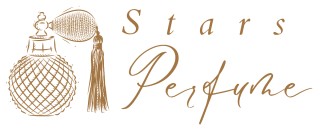
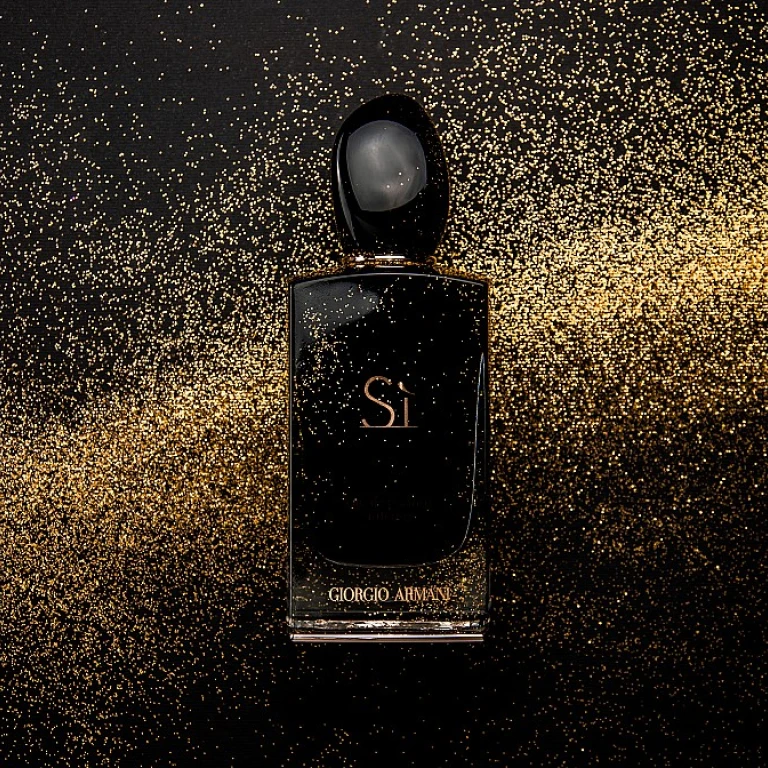
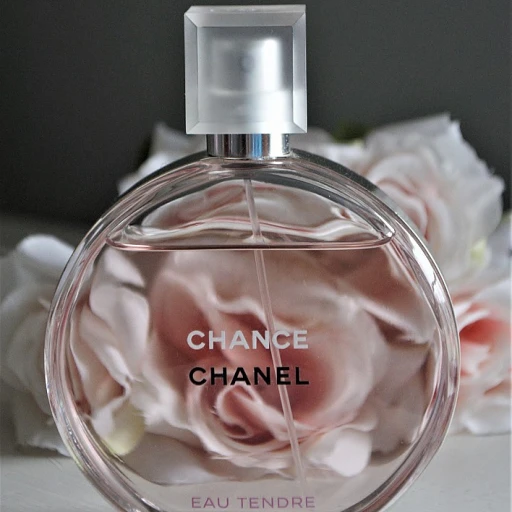
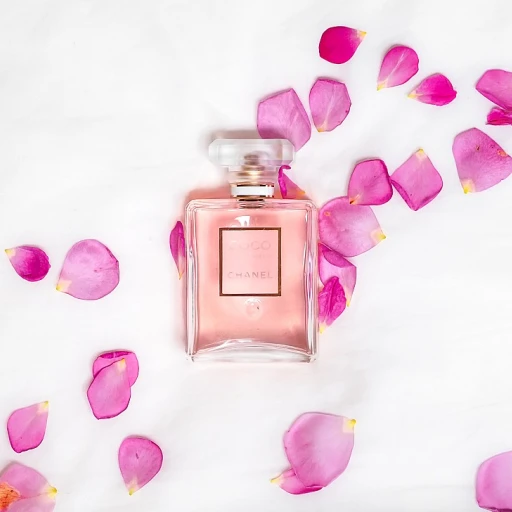
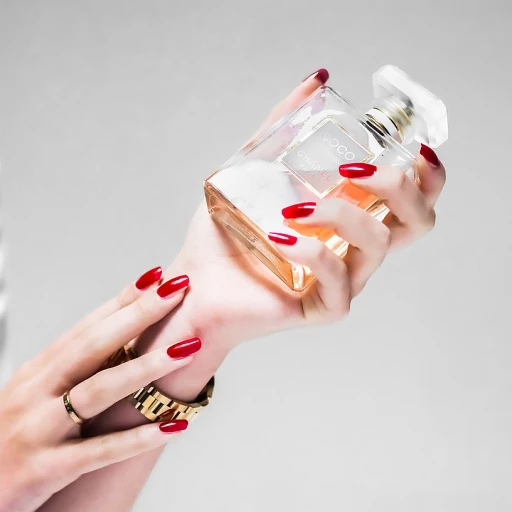
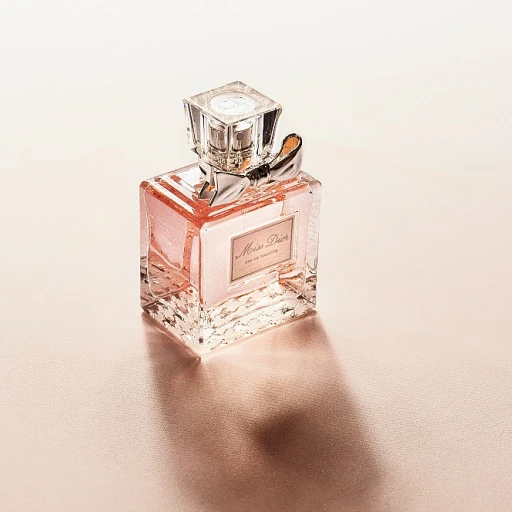
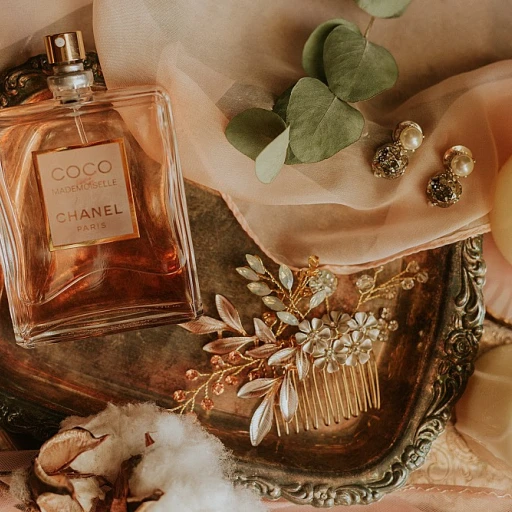
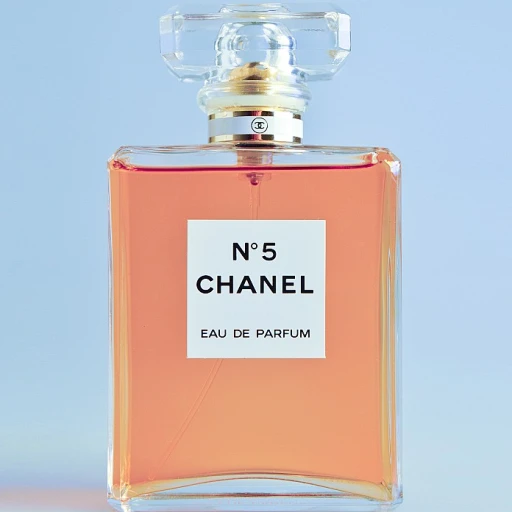
-large-teaser.webp)
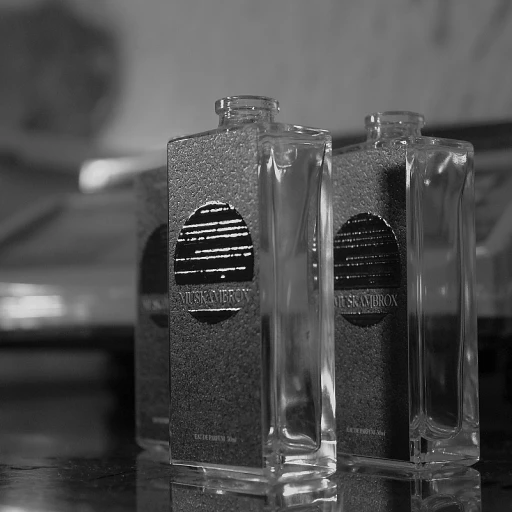
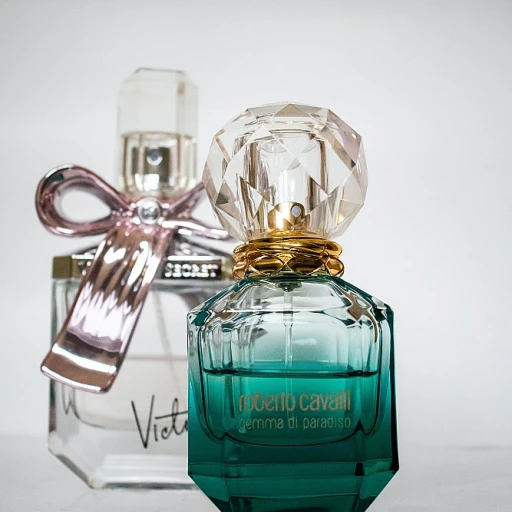
-large-teaser.webp)
